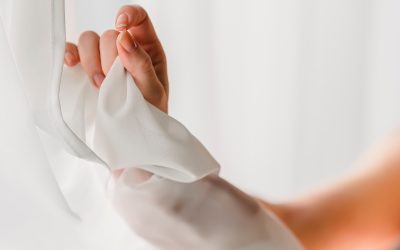How to make the most out of your air
We all need air to make our bodies function, primarily oxygen fuels our brain, heart, and associated muscles. However, getting air into our lungs to provide oxygen is something we naturally do out of necessity and not something that is taught.
This can lead to the respirational system not being used as it should and that can create stress, dysfunctions, muscle pains. Secondarily, wrong breathing patterns can lead to anxiety, hyperventilation, decreased oxygen delivery, neck and chest pain, headaches, and compromised organ functions.
Abdominal breathing
The main muscle of respiration is oftentimes ignored and instead, the secondary and much smaller muscles of respiration are overused.
The primary muscle of respiration is the diaphragm, it is a large and very strong muscle that connects the spine and ribs. By making full use of it, the whole lungs will be used allowing for maximum oxygen uptake. Additionally the up and down movement of the diaphragm act as a pump to massage and increase blood supply to the organs of the abdomen. The attachment that wraps around the spine also aids by increasing the stability of the spine, needed during activities or when standing for long periods.
Breath deeply
Shallow and fast breathing makes the body and mind work at a rhythm that it is not comfortable at.
Nasal breathing
It takes longer to fill the lungs therefore hyperventilation is less likely and the breathing cycle becomes more relaxed.
Stops many viruses and bacteria from getting into the lungs
Decreased loss of water
Warming of the incoming aim to decrease irritation of the throat
Rhythmic breathing
Breathing rhythmically has a calming effect on the body and mind. As well as being useful every day, it can be used to calm down during periods of stress.




